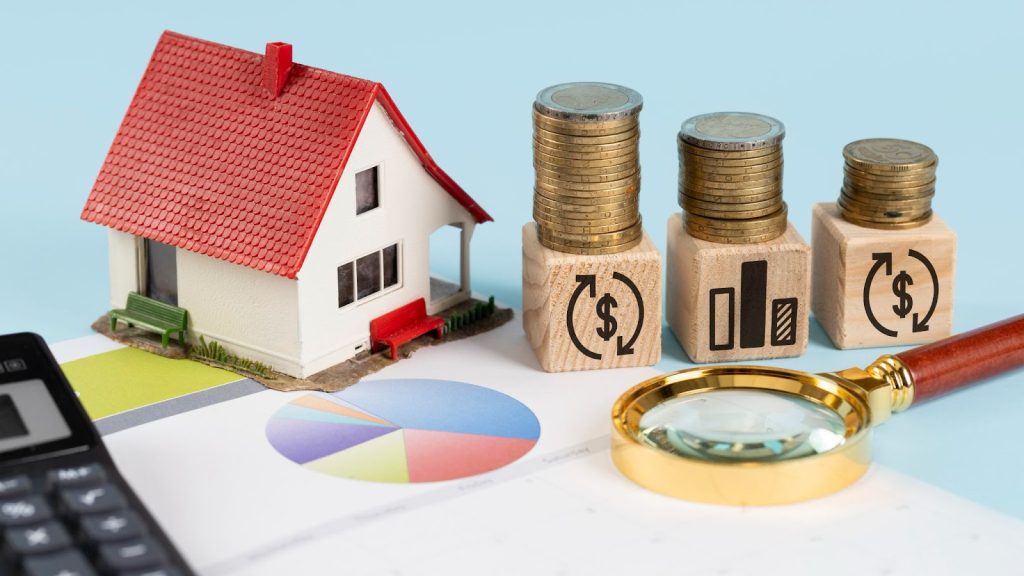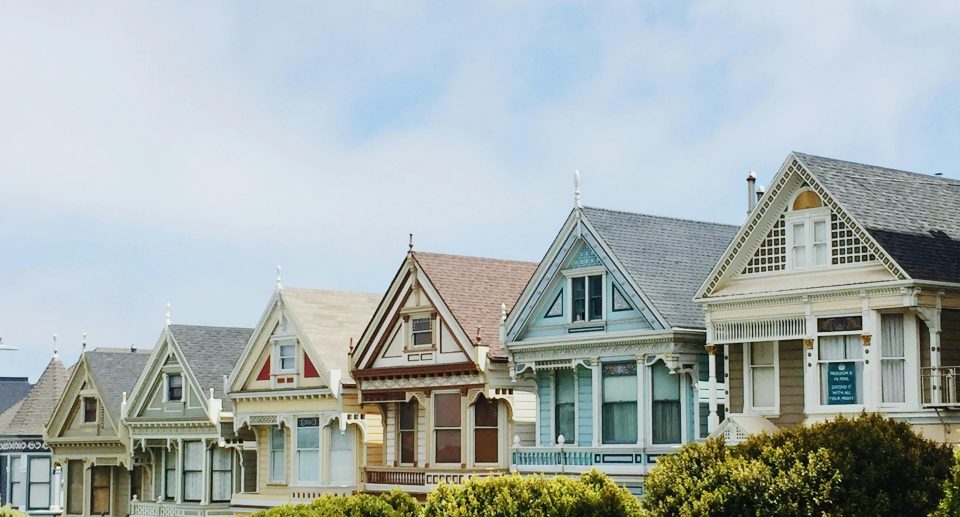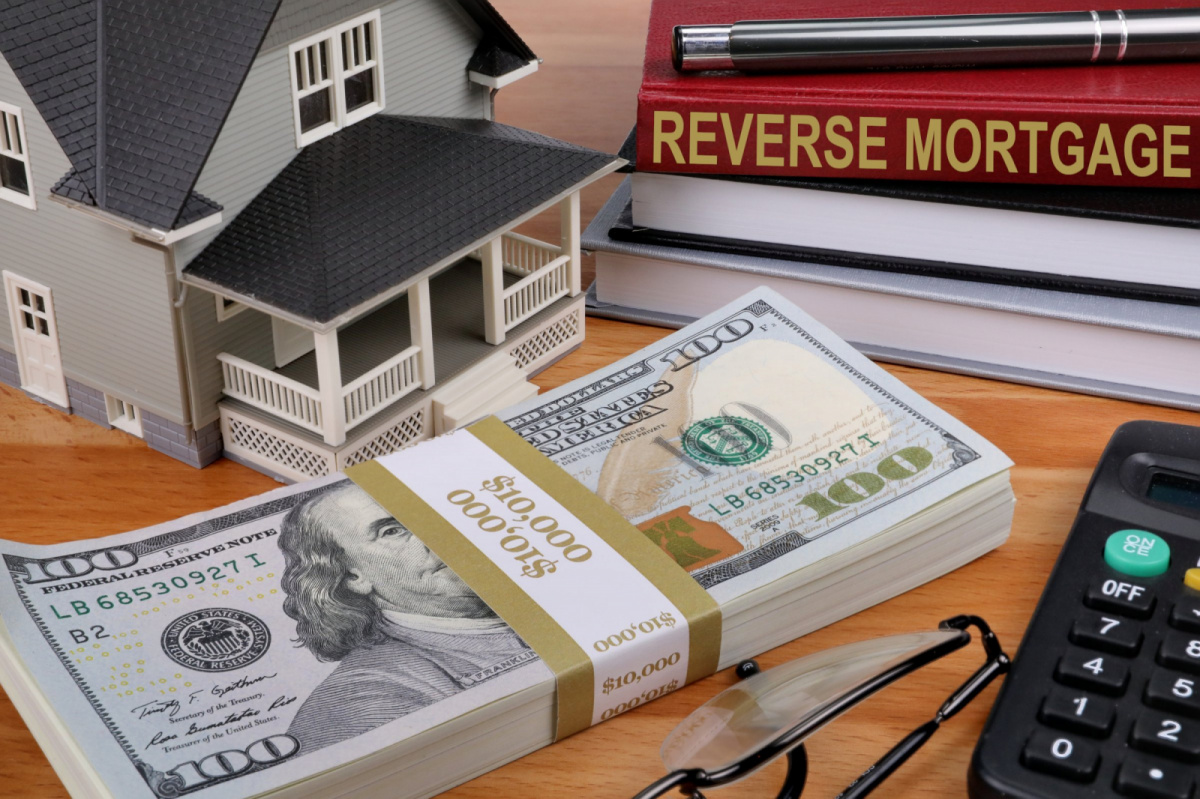Reverse Mortgages: What are the True Costs You Need to Know?

A reverse mortgage is a type of loan that allows homeowners aged 62 and older to access a portion of their home’s equity as cash. Instead of making monthly payments to a lender, as with a traditional mortgage, a reverse mortgage provides tax-free funds to the borrower, which do not need to be repaid until the homeowner moves out, sells the property, or passes away.
With a reverse mortgage, the lender essentially purchases an equity stake in the borrower’s home. The amount that can be borrowed depends on the age of the youngest borrower, the home’s value, and the current interest rates. The older the borrower, the more equity they can access.
To qualify for a reverse mortgage, borrowers must own their home outright or have a low remaining mortgage balance. The property must be their primary residence, and they must attend counseling to ensure they understand the loan’s terms and potential implications.
What Are the Costs Associated with a Reverse Mortgage?

1. Mortgage Insurance Premiums
One of the significant costs associated with a reverse mortgage is the mortgage insurance premium (MIP). This premium is charged by the Federal Housing Administration (FHA) to insure the loan, protecting the lender in case the loan balance exceeds the home’s value when the borrower passes away or moves out permanently. The MIP consists of two parts:
- Upfront Mortgage Insurance Premium (UFMIP): This is a one-time fee charged when the reverse mortgage is issued, typically equal to 2% of the home’s appraised value or the lending limit for the area, whichever is less.
- Annual Mortgage Insurance Premium (MIP): In addition to the upfront premium, borrowers are also responsible for an annual premium, which is equal to 0.5% of the outstanding mortgage balance. This fee accrues and is added to the loan balance each year.
2. Origination Fees
Like traditional mortgages, reverse mortgages have origination fees charged by the lender for processing the loan. These fees cover the lender’s costs for underwriting, processing, and closing the loan. The FHA caps origination fees for reverse mortgages and typically range from $2,500 to $6,000, depending on the home’s value.
3. Third-Party Fees
In addition to the fees charged by the lender, borrowers must also pay for third-party services required for the reverse mortgage process. These fees may include:
- Appraisal Fee: An appraisal is necessary to determine the home’s value, which is used to calculate the maximum loan amount. Appraisal fees can range from $300 to $500 or more, depending on the property’s location and complexity.
- Title Search and Insurance: A title search is conducted to ensure there are no outstanding liens or claims against the property. The borrower is also required to purchase title insurance, which can cost several hundred dollars.
- Credit Report Fee: The lender will pull the borrower’s credit report, which typically costs around $25 to $50.
- Counseling Fee: Reverse mortgage borrowers are required to receive counseling from a HUD-approved counselor to ensure they understand the loan terms and responsibilities. The counseling fee can range from $125 to $250.
- Recording Fees: These are fees charged by the local government to record the reverse mortgage and any associated documents, typically ranging from $50 to $200 or more, depending on the location.
These third-party fees can add up quickly, often totaling $1,000 to $3,000 or more, depending on the specific circumstances.
What are the Interest Charges for a Reverse Mortgage?

Interest charges are one of the primary costs associated with a reverse mortgage. Unlike a traditional mortgage, where you make monthly payments to pay off the loan principal and interest, a reverse mortgage works in the opposite way. With a reverse mortgage, the lender pays you, and the interest accrues on the loan balance over time.
The interest rate on a reverse mortgage can be either fixed or adjustable. A fixed-rate reverse mortgage has an interest rate that remains constant throughout the loan’s lifetime. An adjustable-rate reverse mortgage, on the other hand, has an interest rate that can fluctuate periodically based on market conditions.
The interest charges on a reverse mortgage can add up quickly, especially if you live in your home for an extended period. As the loan balance grows due to the accruing interest and any additional funds you receive, the equity in your home decreases. It’s essential to understand how the interest charges work and how they can impact the remaining equity in your home over time.
Property Taxes and Homeowners Insurance: Ongoing Expenses

Even with a reverse mortgage, you are still responsible for paying property taxes and homeowners insurance on your home. These ongoing expenses are not included in the reverse mortgage loan and must be paid separately.
Failure to pay property taxes or homeowners insurance can put you at risk of defaulting on the reverse mortgage, which could lead to foreclosure. It’s crucial to budget for these expenses and ensure that you have a plan to cover them throughout the life of the reverse mortgage.
The amount you’ll need to pay for property taxes and homeowners insurance can vary depending on the location of your home, its value, and the coverage you choose for your homeowner’s insurance policy. It’s essential to factor in these costs when evaluating the overall affordability of a reverse mortgage and your ability to maintain the home over time.
Additional Costs for Non-Borrowing Spouse Protection

For married couples where only one spouse is on the reverse mortgage, additional costs are incurred to ensure the non-borrowing spouse can remain in the home after the borrower passes away. This protection is required for all reverse mortgages issued since August 2014.
The main additional cost is an upfront mortgage insurance premium, which can be around 2.5% of the home’s value. So, on a $300,000 home, this premium would be $7,500. This premium is designed to fund an FHA insurance pool that allows the non-borrowing spouse to defer repaying the reverse mortgage loan balance until they pass away or move out.
There are also ongoing annual mortgage insurance premiums, typically 0.5% of the outstanding loan balance, that the non-borrowing spouse must continue paying after the borrower’s death. These insurance costs can add up substantially over many years.
Obtaining this non-borrowing spouse protection may reduce the overall loan amount available through the reverse mortgage. Lenders have to factor in the expected costs of deferring the loan repayment potentially for decades after the borrower passes away.
What Online Calculators, Government Resources, and Non-Profit Organizations Can Help Estimate Reverse Mortgage Costs?

Online reverse mortgage calculators provided by lenders, government agencies like the Consumer Financial Protection Bureau (CFPB), and non-profit organizations like AARP can help estimate the costs associated with a reverse mortgage. These calculators typically require inputting information like the home’s value, remaining mortgage balance (if any), the age of the youngest borrower, and the expected interest rate. They then provide an estimate of the loan amount, fees, and other costs.
Government resources like the CFPB’s website and publications offer unbiased information on reverse mortgage costs, including origination fees, mortgage insurance premiums, servicing fees, and interest charges. They explain how these costs are calculated and what factors influence the total cost over the loan’s lifetime.
Non-profit organizations like AARP and local housing counseling agencies approved by the U.S. Department of Housing and Urban Development (HUD) also provide educational materials and counseling services to help homeowners understand and compare the costs of different reverse mortgage options. Their resources often include cost breakdowns, case studies, and tips for minimizing fees and interest charges.
Conclusion
While reverse mortgages can provide valuable financial support for homeowners aged 62 and older by converting home equity into cash, it is essential to understand the true costs involved. These costs include mortgage insurance premiums, origination fees, third-party fees, interest charges, and ongoing expenses like property taxes and homeowners insurance. Additionally, there are costs associated with ensuring protection for non-borrowing spouses. Potential borrowers should use online calculators and seek guidance from government resources and non-profit organizations to accurately estimate these expenses and make informed decisions about whether a reverse mortgage is the right financial solution for their needs.





